Top Things to Know Before Buying a Cheap Garden Office
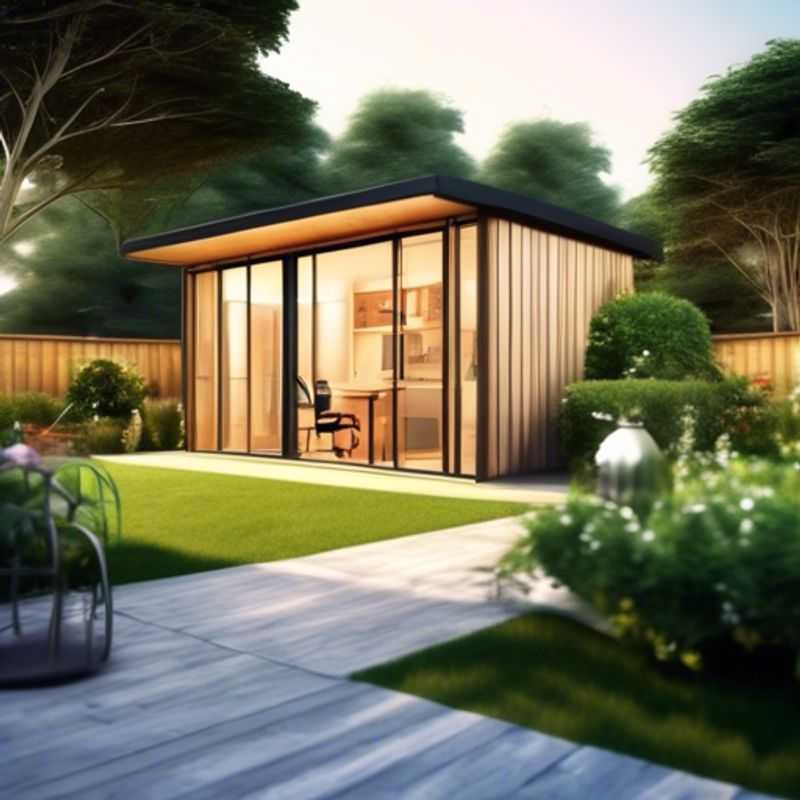
Top Things to Know Before Buying a Cheap Garden Office: A Guide for the Budget-Conscious Gardener
Ah, the allure of a garden office! A sanctuary of productivity amidst the tranquil backdrop of nature. But before you embark on this blissful journey, a few key considerations are essential to ensure your investment is as rewarding as it is charming. Let's delve into the finer points, shall we?
Measure Twice, Order Once: The first order of business is to meticulously measure the available space in your garden. This is crucial to ensure the chosen office fits comfortably, leaving ample room for access and maneuverability. You wouldn't want your haven of productivity to feel cramped, would you?
Material Matters: A keen eye for construction materials is paramount. Investigate the quality and durability of the chosen materials. A sturdy and well-built office will stand the test of time, providing you with a haven for years to come. Cheap construction often leads to headaches down the line. We wouldn't want that, now, would we?
Permission Granted: Check the local planning regulations regarding garden offices. Some regions might require planning permission before construction can commence. It's always wise to be on the right side of the law, wouldn't you agree?
Comfort & Functionality: Ensure your office is well-insulated to combat the vagaries of the weather. Adequate ventilation is also crucial for maintaining a comfortable working environment. A garden office should be a haven of productivity, not a stuffy box.
Solid Foundation: A sturdy foundation is essential for stability and longevity. This is a crucial aspect often overlooked in the pursuit of affordability. A shaky foundation can lead to unwelcome creaks and wobbles, disrupting the tranquility of your workspace.
Connectivity is Key: Before you make a purchase, consider your electrical and internet connectivity needs. You wouldn't want to be stranded without power or internet access in your garden retreat, would you?
Blending In: Choose a design that blends seamlessly with your garden's aesthetic.
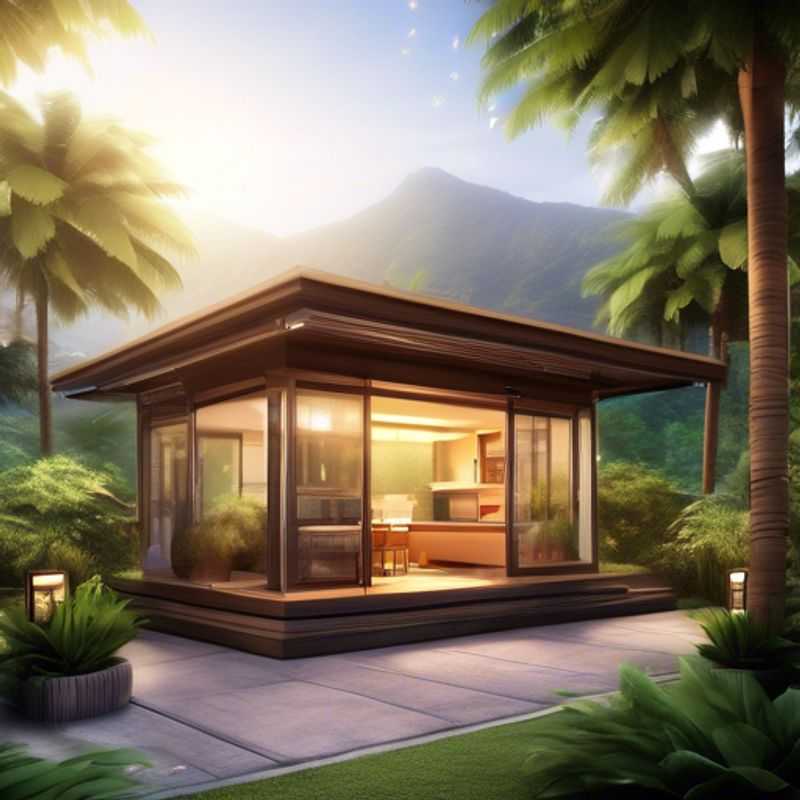
Measure Twice, Build Once: Planning Your Garden Office
Before you start building your garden office, take the time to carefully measure the available space. This will prevent costly mistakes down the line. You'll need to consider the dimensions of the office itself, any necessary walkways, and any existing structures or landscaping features that might need to be relocated or worked around. Remember to factor in any landscaping costs you might incur if you need to relocate trees, shrubs, or other features.
To ensure the office fits well, you should consider the overall layout of your garden. Think about the direction of sunlight, the proximity to existing buildings, and how the office will integrate with the existing landscape. You'll also want to think about the design of the office itself. Will it be a single room or multiple rooms? What features will you need, such as windows, doors, and electrical outlets? All of these factors will affect the size and layout of your garden office.
Once you have a good understanding of the space you have to work with, you can start to draw up a plan for your garden office. This plan will be essential for communicating your vision to contractors and ensuring that the office is built to your specifications. You should include detailed measurements in your plan, along with any desired features, such as windows, doors, and electrical outlets.
Remember to factor in the cost of permits and inspections. Most municipalities require permits for any new construction, including garden offices. You'll also need to factor in the cost of inspections, which will be required at various stages of construction. These costs can vary depending on your location, so be sure to research them before you start building.
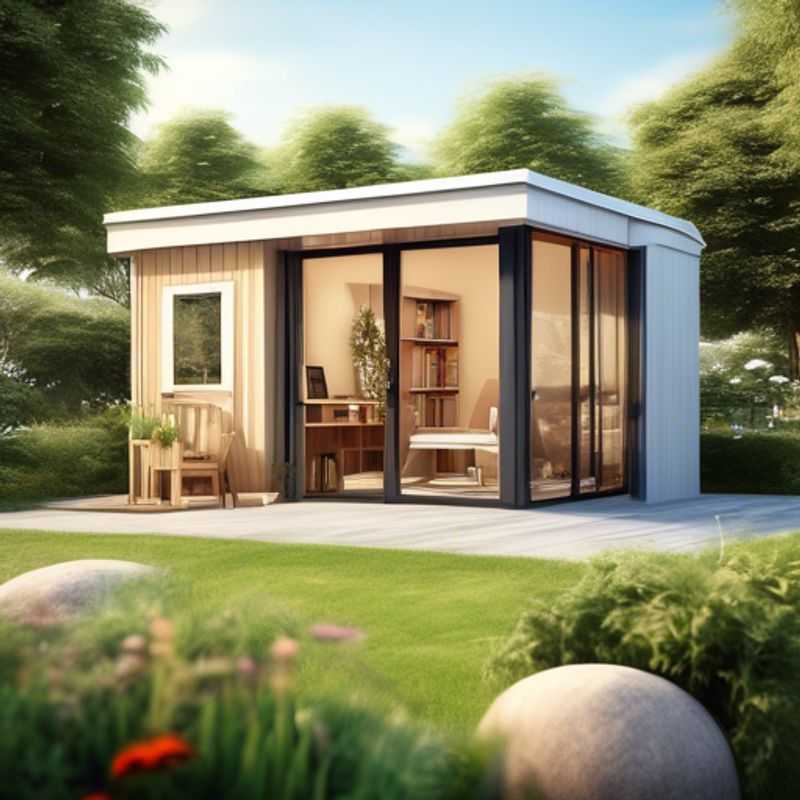
Building a Solid Foundation: Researching Construction Materials for Long-Term Durability
Building a house is a significant investment, and ensuring the materials used are of high quality and suitable for the intended purpose is crucial. Researching construction materials before starting your project can save you money and stress in the long run.
Consider the climate, local building codes, and intended use of the structure when selecting materials. Local building codes specify requirements for fire resistance, energy efficiency, and other safety factors.
Researching construction materials can involve consulting with professionals like architects, engineers, and contractors. They can provide expert advice on material suitability, durability, and cost-effectiveness.
Consider using sustainable and eco-friendly materials whenever possible. These materials often have lower environmental impact and contribute to healthier indoor air quality.
Researching materials can involve visiting local lumber yards, home improvement stores, and manufacturers' websites to obtain detailed information on specific products, their properties, and their costs.
While researching construction materials is essential, don't forget to factor in labor costs. Labor costs can vary significantly depending on location, expertise, and complexity of the project.
Investing time in researching construction materials ensures you make informed decisions, leading to a well-built and durable structure that meets your needs and budget.
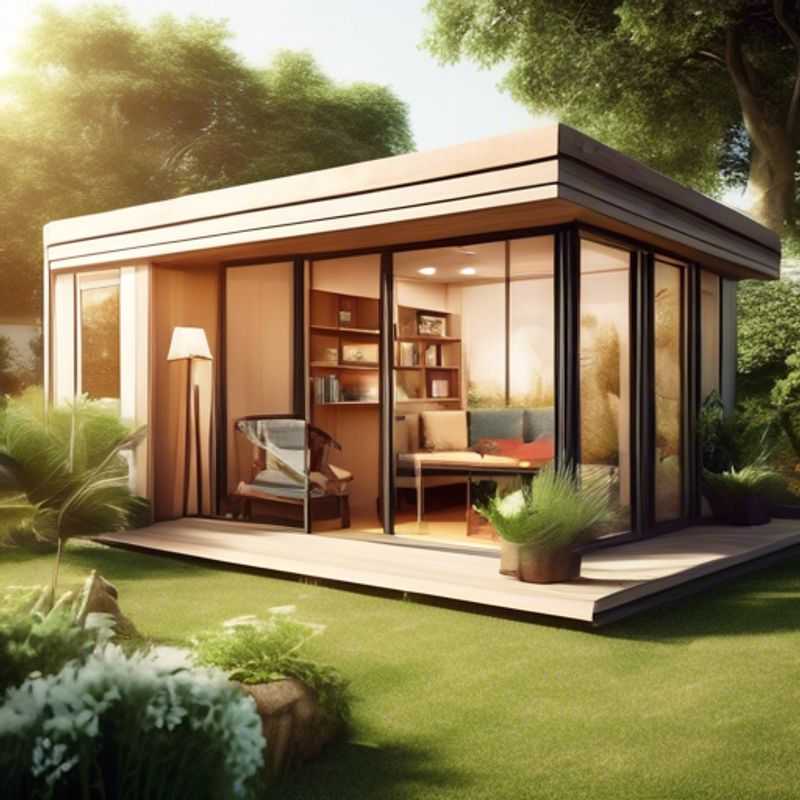
Garden Office Planning Permission: A Guide to Navigating the Regulations
The question of whether your garden office requires planning permission is a crucial one, and the answer depends entirely on your local regulations. While a general rule doesn't exist, certain aspects often trigger the need for planning permission. Size and height are significant factors. If your garden office exceeds a certain size or height, permission becomes mandatory. The location of your office within your garden, its proximity to your house, and its overall impact on your neighborhood also play a vital role in determining the need for planning permission.
It's always best to err on the side of caution and consult your local planning department. They can provide accurate, up-to-date information about the specific regulations in your area. Don't be afraid to ask for clarification; their guidance is invaluable in avoiding any potential legal issues. You may have to pay a small fee for their consultation, but it's a worthwhile investment in ensuring a smooth process.
Finally, remember that building regulations also apply to garden offices. These regulations are separate from planning permission and cover aspects like structural safety and fire regulations. It's important to comply with both sets of regulations to ensure your garden office is legal and safe.
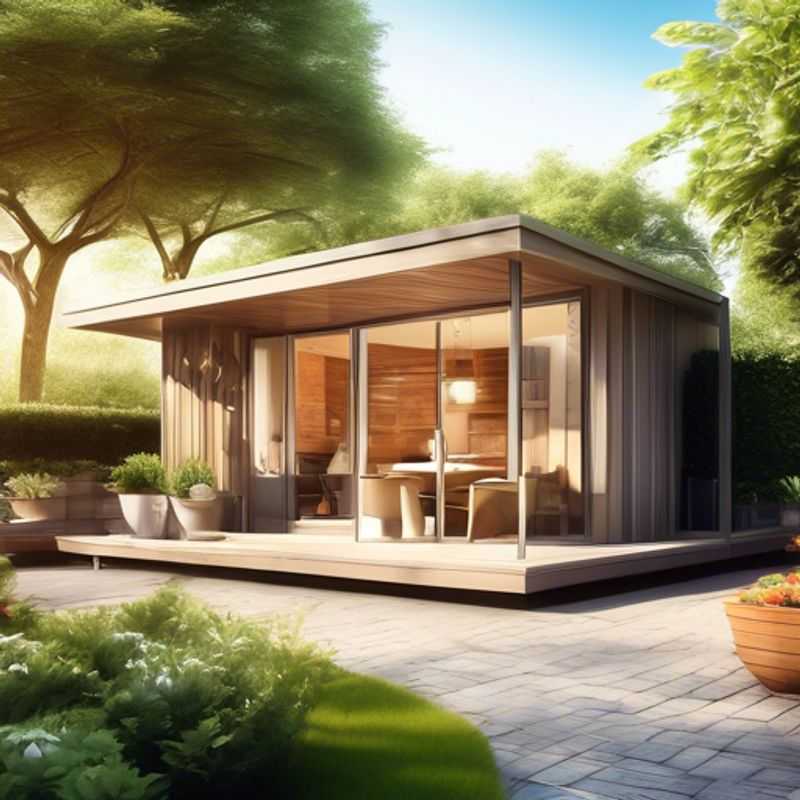
Engineering Comfort: Ensuring Your Office is Climate-Controlled Year-Round
Ensuring your office has adequate insulation and ventilation is crucial for year-round comfort and energy efficiency. Proper insulation helps maintain a comfortable temperature, reducing reliance on heating and cooling systems, while good ventilation provides fresh air and removes pollutants. This can lead to improved employee productivity, reduced energy bills, and a healthier indoor environment.
Here are some key considerations:
Insulation:
Insulating your office space helps regulate temperature, preventing heat loss in winter and heat gain in summer. Choose insulation materials suitable for your climate and budget, considering factors like R-value (resistance to heat flow), moisture resistance, and fire safety.
Ventilation:
Proper ventilation is essential for removing stale air, pollutants, and moisture. Consider options like:
- Natural ventilation: Utilizing windows and doors for air circulation.
- Mechanical ventilation: Using fans or HVAC systems to control airflow.
Cost Considerations:
The cost of insulation and ventilation improvements varies depending on the size of your office, existing building conditions, and chosen materials. Consider hiring a professional for assessment and installation to ensure proper execution and maximize energy savings. Remember to factor in ongoing maintenance costs, like filter replacements for mechanical ventilation systems.
Investing in insulation and ventilation is a smart move for any office. It promotes a healthier, more comfortable environment, enhances energy efficiency, and contributes to a sustainable future.
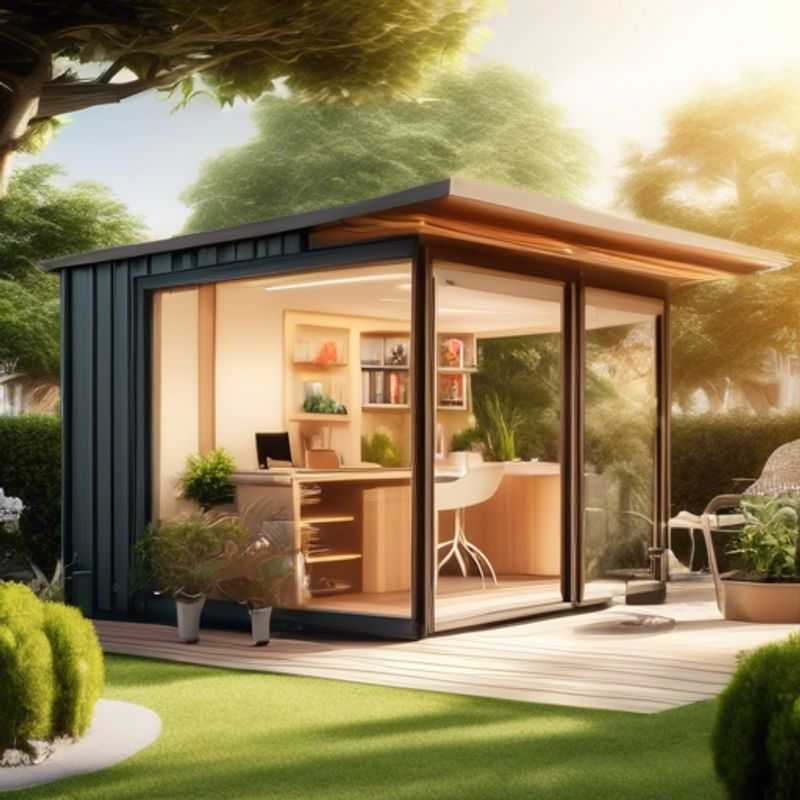
Garden Office Foundations: Why Sturdy Matters
A sturdy foundation is crucial for any garden office, especially in areas prone to shifting soil or heavy rainfall. A poorly built foundation can lead to instability, cracks in walls, and even structural damage. Here's a quick guide to ensure your garden office stands the test of time:
Foundation Types: Concrete slabs, concrete piers, and wooden foundations are common choices. Concrete slabs offer excellent stability but require more excavation and potentially heavier lifting equipment. Concrete piers are more cost-effective and work well for lighter structures. Wooden foundations need careful treatment for longevity and can be more prone to moisture damage.
Professional Help: Consulting with a structural engineer or a qualified builder is highly recommended. They can assess your site conditions and advise on the best foundation type for your garden office and your budget. They can also help you navigate local building regulations and ensure your structure is built safely and to code.
Budgeting: Factor in the costs of materials, labor, excavation (if needed), and any necessary permits. Remember that a strong foundation is an investment in the longevity and stability of your garden office. Choosing a foundation that meets the needs of your structure and site conditions will pay off in the long run.
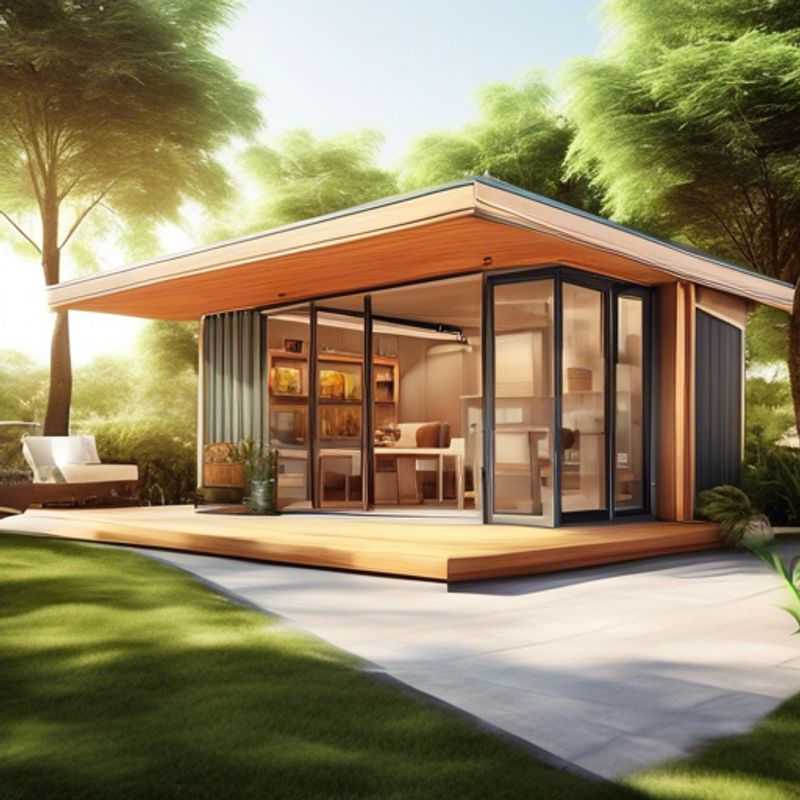
Power Up Your Workspace: Essential Electrical & Internet Considerations
Setting up a work space is a crucial step towards productivity. A significant factor to consider is your electrical and internet connectivity needs. You need enough power outlets to charge your devices and power your equipment. It's also important to make sure you have a reliable internet connection for work and communication.
For power, consider the following:
* The amount of power your equipment needs
* The location of your work space
* If you have any existing outlets that can be used
For internet connectivity, consider the following:
* The type of internet connection you need (cable, DSL, fiber optic, satellite)
* The speed of the internet connection you need
* The location of your work space (for example, if you live in a rural area, you may not have access to high-speed internet)
If you need to upgrade your electrical or internet connectivity, consider hiring an electrician or an internet service provider.
It's also a good idea to have a backup plan in case of power outages or internet outages, for example a portable power source or a portable internet hotspot.
Proper planning for electrical and internet connectivity is crucial for a productive work environment. By considering the factors mentioned above, you can ensure that you have the necessary resources to work efficiently and effectively.
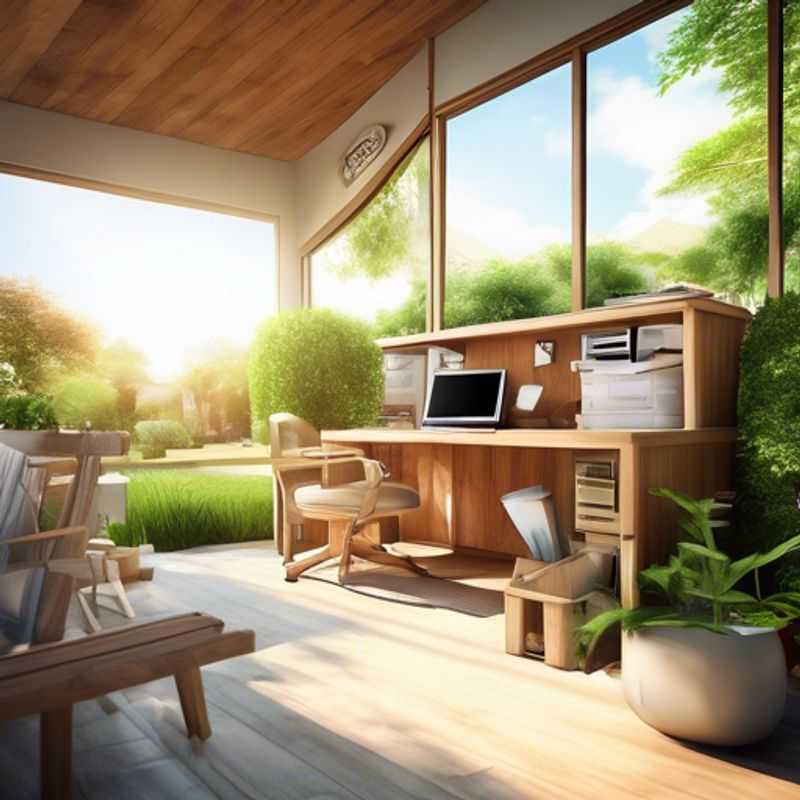
Blending In: Designing a Garden Office That Complements Your Outdoor Space
When designing a garden office, blending it seamlessly with your outdoor space is essential for creating a harmonious and enjoyable workspace. Here are some key considerations to achieve this:
Material Choice: Select materials that complement your existing garden structures. Natural wood, stone, or brick blend well with traditional gardens, while modern materials like metal or glass can add a contemporary touch.
Color Palette: Opt for colors that harmonize with your garden's overall theme. Earthy tones like greens, browns, and creams create a natural feel, while brighter colors can add a pop of personality.
Roofline and Design: Consider the roofline and design of your garden office to match existing structures. A pitched roof can blend seamlessly with a traditional home, while a flat roof can provide a more modern aesthetic.
Windows and Lighting: Utilize large windows to maximize natural light and create a connection to the outdoors. Position your office to take advantage of existing trees for shade or privacy.
Landscaping: Integrate your garden office into the surrounding landscape by planting trees, shrubs, or flowers that complement its style. Consider creating a pathway leading to the office, adding to its accessibility and visual appeal.
Sustainability: Incorporate sustainable design features such as solar panels, green roofs, or rainwater harvesting to reduce your environmental impact and create a harmonious workspace.
Budget: Remember to factor in the costs associated with materials, labor, and landscaping when planning your garden office budget.
By considering these factors, you can create a garden office that seamlessly blends with your outdoor space, providing a tranquil and inspiring workspace.
